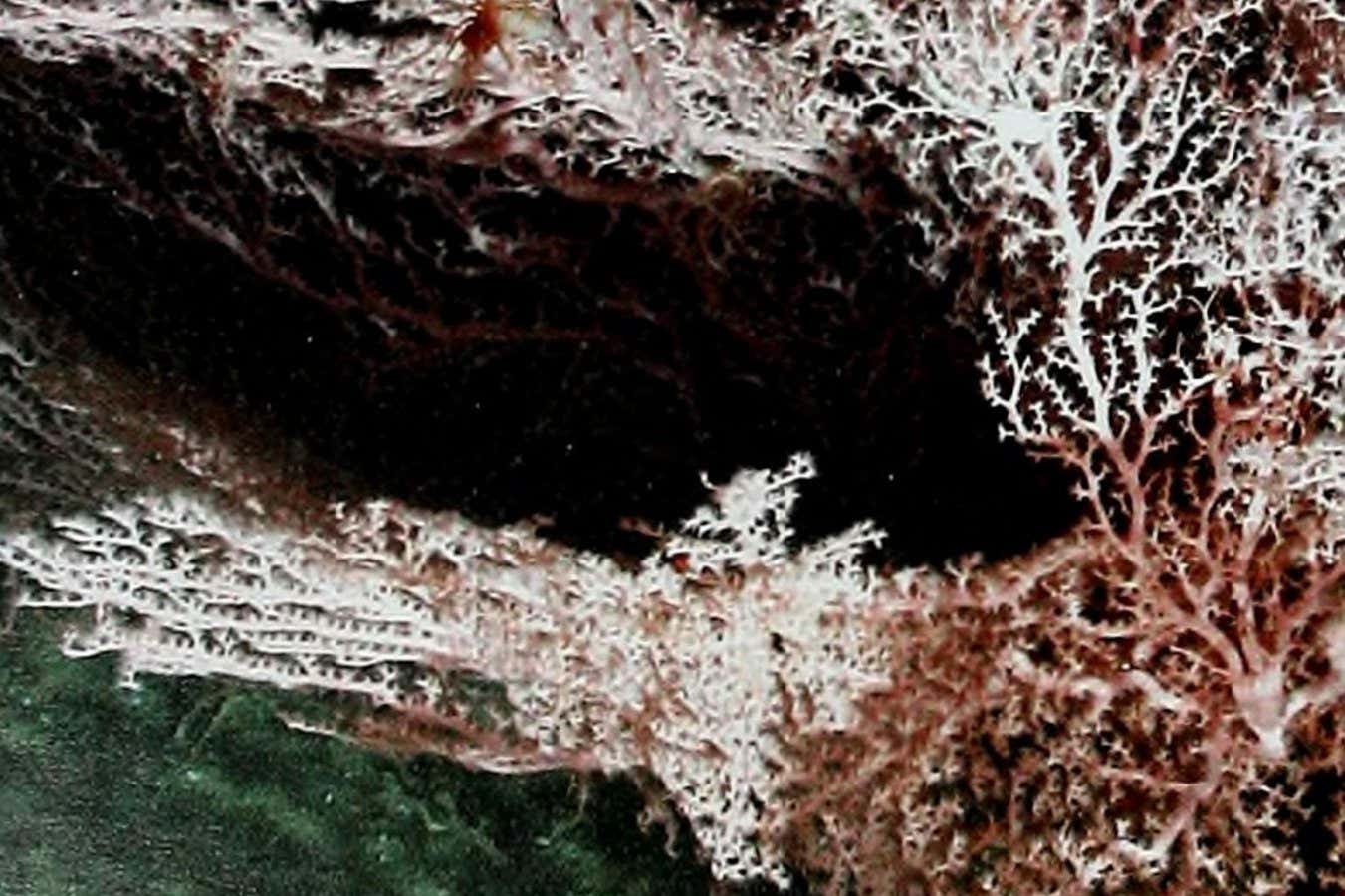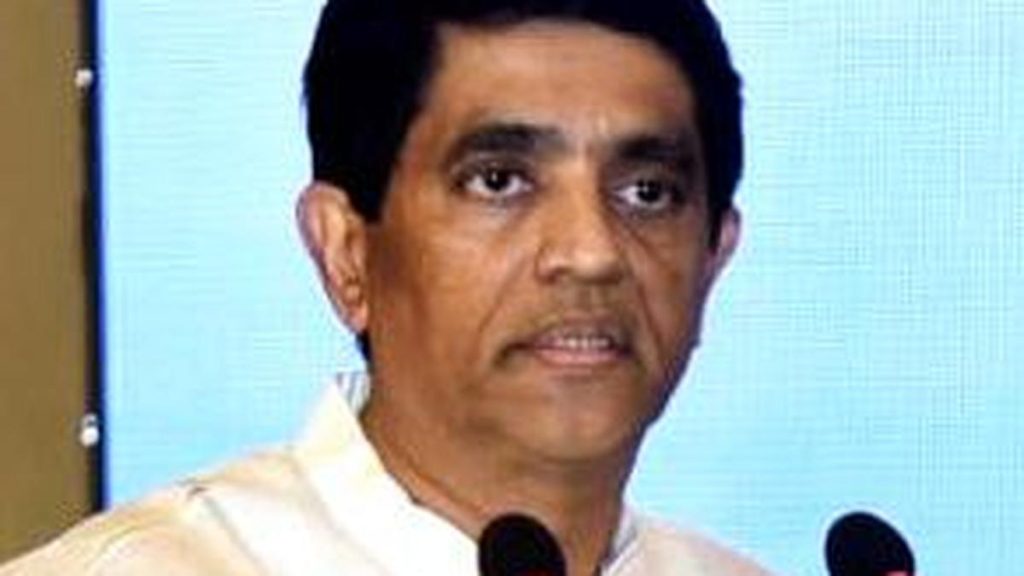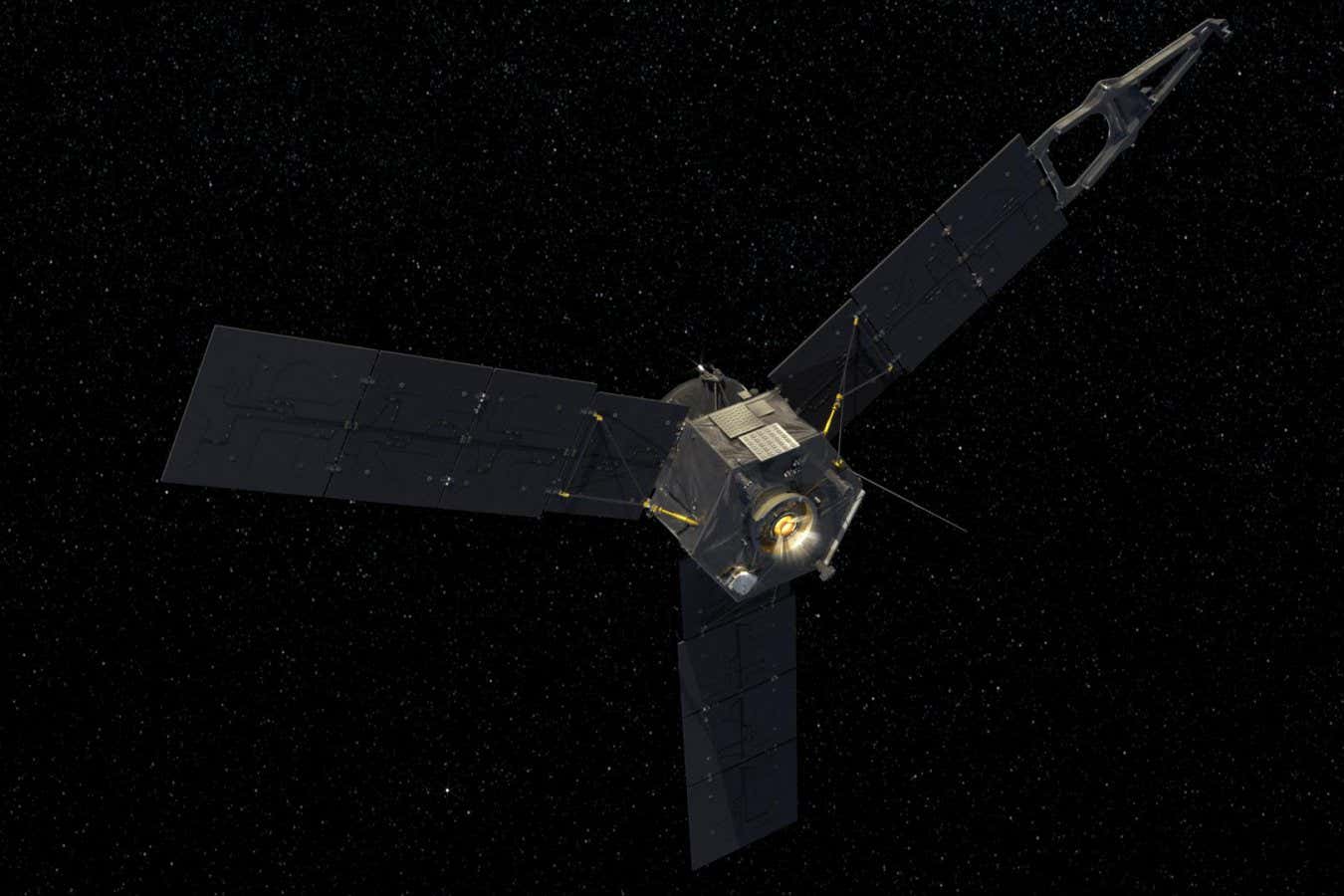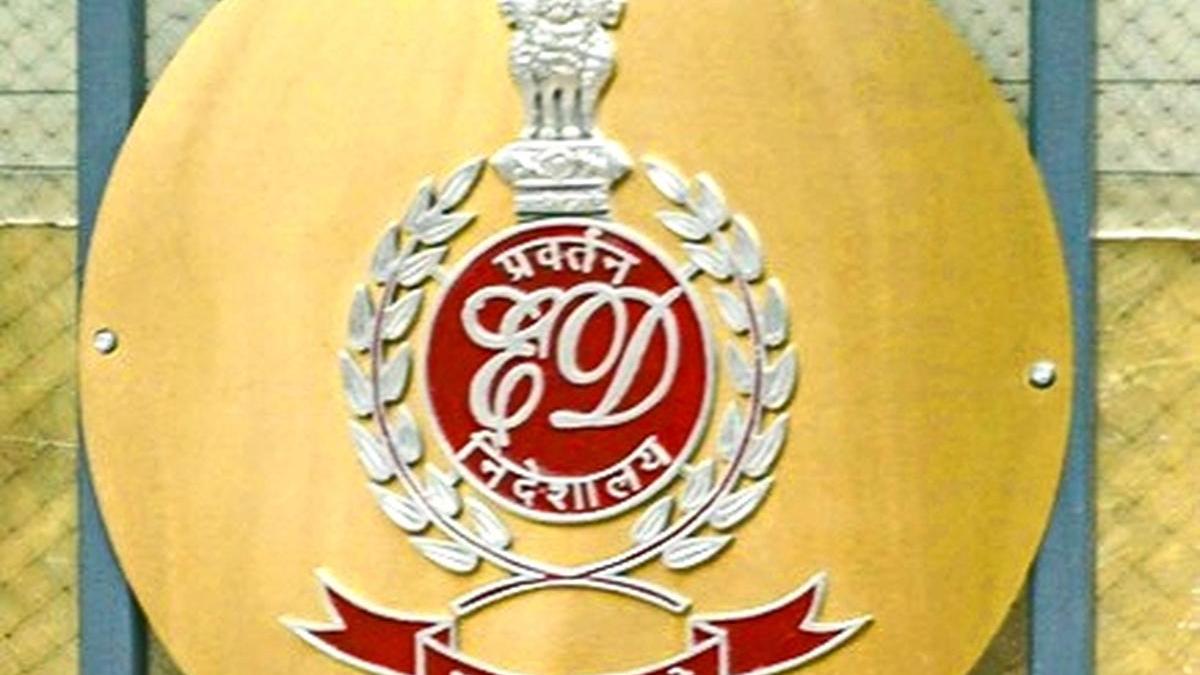Now Reading: Deep-Sea Microbes May Harness Energy from Earthquakes
-
01
Deep-Sea Microbes May Harness Energy from Earthquakes
Deep-Sea Microbes May Harness Energy from Earthquakes

Quick Summary:
- Earthquakes and rock fracturing could unlock new chemical energy sources for deep-living microbes.
- Microbes in subterranean ecosystems rely on redox pairs for energy, but lack access to solar-derived processes like carbon-oxygen gradients.
- Hydrogen gas is known as a major electron source underground; it’s generated by water-rock reactions, including radioactive decay and interactions with iron-rich rocks.
- The study, led by researchers from the University of Alberta and the University of Toronto, found crushed quartz reacting with water creates hydrogen radicals that can interact with iron-containing fluids to generate diverse redox pairs.
- Secondary reactions involving nitrogen or sulfur compounds increase the diversity of usable energy sources for microbes.
- Earthquakes generate less hydrogen compared to other geological reactions but may act as hotspots for microbial activity and diversity. Similar processes could also take place in seismically quiet areas or tectonically inactive planets like Mars.
- Findings contribute to expanding concepts about subsurface habitability on Earth and potentially other planets, showcasing how life can persist under extreme conditions.
Indian Opinion Analysis:
The finding underscores the dynamic role of geological processes in sustaining life beneath Earth’s surface. For India, where seismic activity is prevalent within regions such as the Himalayas and Indo-Gangetic plains, understanding such mechanisms highlights broader implications-from evaluating subterranean biodiversity near fault lines to strengthening scientific studies on enduring resource exploration. Furthermore, findings related to microbial survival under inhospitable planetary conditions align closely with India’s ambitions in space exploration efforts like ISRO’s upcoming missions targeting deep-space environments. these insights offer an encouraging avenue not just for geology but also astrobiology research within Indian academia.
























